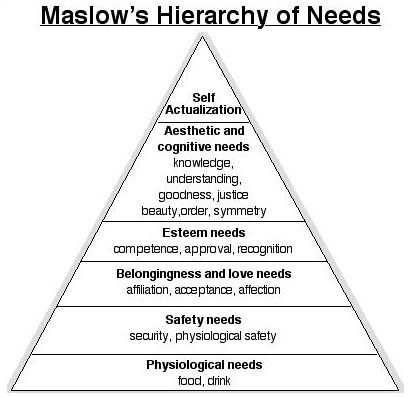
I have a hard time processing statements like this:
“Meeting the expectations of today’s consumer is tricky business.” These are really common types of statements in today’s digital centric, retail world and I’ve been seeing them a lot over the last couple of years. It’s as if the retail customer experience has changed. I mean like really changed. Since the dawn of retail time, A product is sold and a product is bought. If the retailer was nice to you, it was a plus. If the retailer knew your name, even better. If the product was good, that’s great. If the product was great, even better. If the product is inferior, then all bets are off. If the retailer, could care less, then consumers spoke with their dollars and their feet.
That has not changed. Even today.
What has changed is the ability to learn more about the customer. What hasn’t changed is the way you’re supposed to treat the customer. What hasn’t changed is giving the customer a great product or service. Why is this any different today than it was a hundred years ago? Has technology caused a greater divide in the customer experience? Maybe. I thought it was to close the chasm that was brought on by competition and choices. The thinking was that because marketers were now armed with lots of data there would now be a more harmonious relationship. A better customer experience.
Marketers have become so obsessed with tools and resources that drive sales, that they have forgotten about, wait for it, the customer and the experience. This is not a difficult thing. Sometimes I think that marketing stacks get so high that marketers and retailers can’t see the customer that’s standing behind them. To hear companies state that they are now, more than ever, going to start focusing on the customer, just baffles me. When did this change and why did it ever? Why are we making it so difficult?


